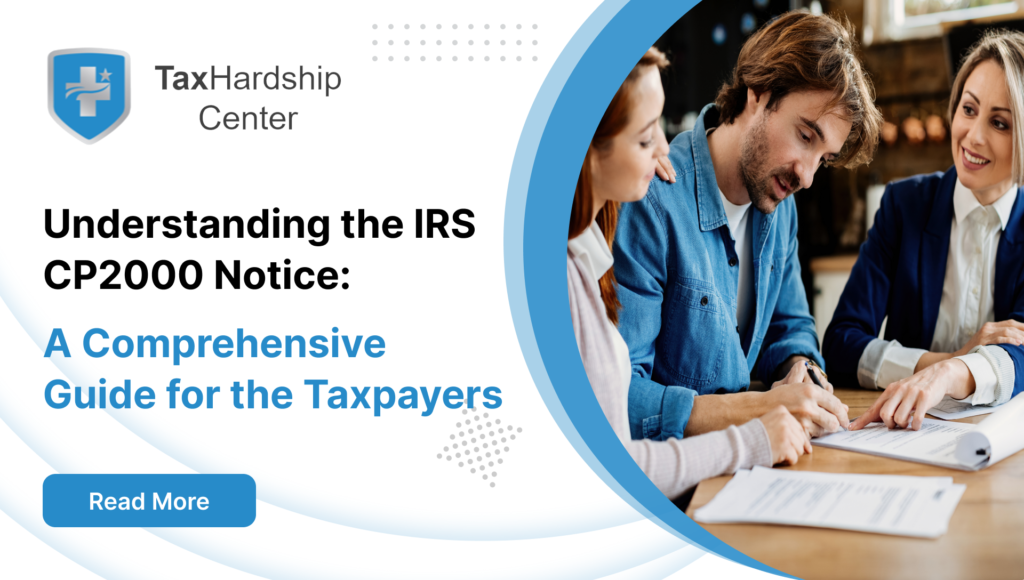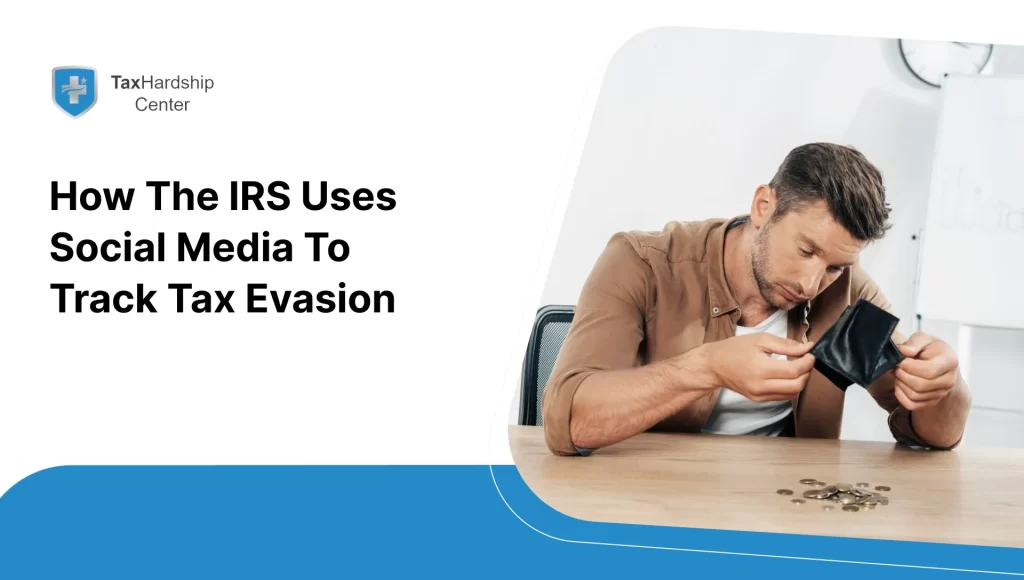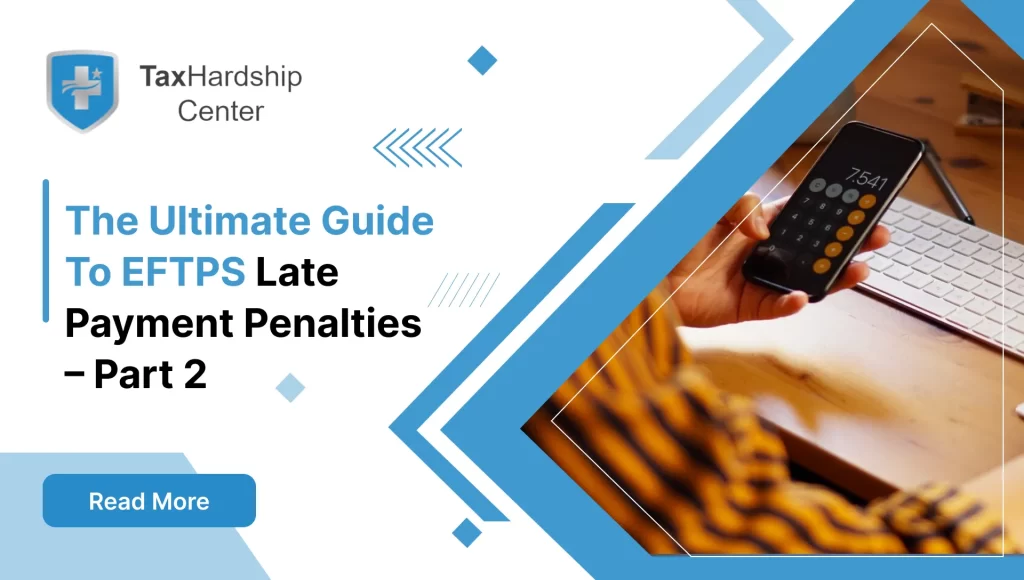Receiving an IRS notice in the mail can lead to a spike in anxiety for any taxpayer.
For those recently encountering the IRS CP2000 Notice, understanding its implications and the appropriate steps is crucial. This informative article aims to dissect the CP2000 Notice, guiding you through the potential reasons for receiving it, how to respond, and the significance of timely action.
What is an IRS CP2000 Notice?
The IRS CP2000 Notice, commonly called an underreported inquiry, is a computer-generated notice received when the income or payment information reported on your tax return does not match the information reported to the IRS by employers, banks, and other third parties. This discrepancy may result in proposed changes to your tax return, which could affect your tax liability.
The notice isn’t an audit but a preliminary step where the IRS informs you of the inconsistencies and allows you to review and respond. Handling the CP2000 Notice correctly is essential to avoid unnecessary stress and potential penalties.
How Tax Hardship Center Eases Tax Concerns
Are you facing a confusing CP2000 notice from the IRS? Tax Hardship Center is here to help.
We understand the intricacies of these notices and can create a personalized plan to address the discrepancies. Our team will review your situation to determine whether you agree with the proposed changes. We’ll guide you through responding to the IRS, potentially negotiate adjustments, and help minimize any tax burden you may face.
Don’t let a CP2000 notice cause undue stress. Schedule a free consultation with the Tax Hardship Center today and take control of your tax situation.
Why did I receive an IRS CP2000 Notice with the Proposed changes to my tax return?
The IRS CP2000 Notice is a computer-generated letter you receive when there is a discrepancy between the income you reported on your tax return and the information the IRS has on file. This discrepancy is often identified when the IRS compares the information reported by third parties, such as employers and financial institutions, to the information you reported on your tax return2.
The CP2000 Notice is not a bill but a proposal to adjust your income, payments, credits, and/or deductions2. The adjustment may result in additional tax owed or a refund of taxes paid. The notice explains what information was used to determine the proposed changes to your tax return.
What should I do if I get one?
The first step upon receiving a CP2000 Notice is not to panic. You have rights and options to address the issue, whether or not you agree with the changes.
If the changes are correct and you agree with the CP2000:
- Review the notice carefully: Ensure the proposed changes align with your tax records.
- Sign the response form: By doing so, you are agreeing to the adjustments made by the IRS.
- Address any additional tax liability: If an extra amount is due, you’ll need to arrange payment. Ensure this is communicated if you’ve already paid or if a refund covers it.
If you disagree with the CP2000:
- Gather supporting documents: Collect any receipts, logs, or statements that can substantiate your tax return entries.
- Provide a detailed explanation: Attach a letter to your response form explaining why the changes are incorrect.
- Submit a complete response: Ensure that your documentation is thorough and submit it within the provided timeframe.
If you need more time:
- Request an extension proactively: If you need more time to compile your response, contact the IRS immediately.
- Maintain clear communication: Keep the lines of communication open with the IRS to prevent misinterpretation of your actions.
What if the information the IRS has on file is incorrect?
If you identify any inaccuracies in the information the IRS holds about you, taking immediate action to rectify the situation is essential. The first step is to gather all relevant documentation that supports the correct information. This could include tax forms, official letters, bank statements, or other legal documents substantiating your claim.
Once you have compiled the necessary evidence, you should draft a clear and concise response to the IRS. In your correspondence, explain the specific errors you have found and provide a detailed account of what the correct information should be. Attach copies of all supporting documents to your response. This will serve as proof and assist the IRS in verifying the accuracy of your claims.
It’s essential to send this information through a secure and traceable method, such as certified mail with a return receipt, to ensure that it reaches the IRS and you have a record of its delivery.
The IRS will review the information you’ve provided and, if necessary, make the appropriate adjustments to their records. Keep in mind that this process may take some time, and you may need to follow up with the IRS to check on the status of your case.
How long will it take the IRS to get back to me?
While there’s no exact timeframe, responses typically range from a few weeks to several months, depending on factors like case complexity and seasonal workload peaks.
Routine inquiries may garner quicker responses, but matters involving tax adjustments or clarifications might take longer due to their intricacies. Ensuring your contact details are up-to-date is crucial for efficient communication, and exercising patience while waiting is essential. Proactive follow-ups can be helpful if you have not heard back within a reasonable period.
What happens if I ignore the CP2000?
The consequences of ignoring a CP2000 notice can be quite severe. The CP2000 notice is not something to be taken lightly. It is a formal communication from the Internal Revenue Service (IRS) indicating a discrepancy between the information you reported on your tax return and those reported to the IRS by other sources, such as your employer or financial institution.
If you choose to ignore the CP2000 notice, the IRS will proceed under the assumption that the proposed changes outlined in the notice are accurate. This means that they will process the adjustments to your tax return. As a result, you may end up with a tax bill that is significantly higher than you expected.
But the financial implications don’t stop there. In addition to the increased tax bill, the IRS will add interest and penalties to the amount you owe. The longer you wait to respond, the more these additional charges accumulate, increasing your tax debt.
Ignoring a CP2000 notice could lead to more drastic measures in severe cases. The IRS can place liens on your property or levy your wages to recover the owed taxes. A tax lien is a legal claim against your property, making it difficult to sell or refinance your assets. A tax levy, on the other hand, is a legal seizure of your property or wages to satisfy a tax debt.
Resolving an IRS CP2000 Notice
Understanding and responding to an IRS CP2000 Notice can be crucial in addressing tax discrepancies and avoiding additional penalties. Here is an expanded guide to help you navigate through the steps:
Step 1: In-Depth Review of the Notice
Upon receiving a CP2000 Notice, engage in a meticulous review. This notification results from the IRS’s automated underreported system, which identifies inconsistencies between the income, credits, or deductions you claimed on your tax return and data from third-party sources, such as employers or financial institutions. Scrutinize the details of what the IRS is proposing. It is essential to fully understand their position and pinpoint precisely where you agree or disagree with their findings. The notice will outline the proposed adjustments and provide instructions on responding.
Step 2: Comprehensive Collection of Supporting Evidence
After your initial review, systematically gather all pertinent documentation supporting your tax return claims. This may include but is not limited to, your W-2s, various 1099 forms, sales slips, invoices, bank statements, or other financial records that substantiate your reported income, credits, or deductions. If the IRS’s proposed changes are inaccurate, these documents will form the basis of your argument when you present your case and will be essential for resolving any discrepancies.
Step 3: Timely Response or Extension Request
You’re typically allowed a 30-day window to respond to the CP2000 Notice. It is crucial to either submit a complete response within this time frame or proactively request an extension if more time is needed to compile your information or seek professional advice. Failing to respond on time may result in additional charges, such as penalties and accruing interest. If you’re facing difficulties in swiftly producing the needed documentation, it might be prudent to engage the services of a tax professional to assist with your response.
Step 4: Methodical Record-keeping of Correspondence
Following your response to the CP2000 Notice, meticulously maintain documented proof of all interactions with the IRS. Retain copies of the initial notice, your written response, any documents you’ve submitted in your defense, and every correspondence from the agency. This thorough documentation is crucial; should there be any future questions or disputes regarding your case, this documented trail will serve as evidence of your actions and the information provided.
Step 5: Persistent Follow-Up in Case of No Response
The processing of your response by the IRS can be lengthy, often taking several months. Should you not receive any communication or update concerning your case within a reasonable period post-response, take the initiative to follow up. Contacting the IRS directly through their helpline or checking for updates via their website can help you stay informed about the status of your case. Persistence here ensures that your case does not fall through the cracks and that you remain in good standing with the IRS.
Prevent Underreporting Issues: Tips to avoid future CP2000 problems
To avoid future discrepancies and potentially receiving another CP2000 Notice:
- Ensure accurate reporting of all income on your tax return.
- Double-check that the information on your W-2s and 1099s matches your tax return.
- Maintain organized records throughout the year.
- Consider consulting a tax professional, especially if you have multiple income streams or complex tax situations.
Conclusion:
The IRS CP2000 Notice may seem daunting, but with careful attention and a proper response, you can resolve the issue with minimal complication. Remember that deadlines and accuracy are crucial and that ignoring the notice only exacerbates the problem. If you’re feeling overwhelmed by the process, feel free to seek assistance from a tax professional who can provide expertise and peace of mind. Take action immediately upon receiving a CP2000 to ensure the best possible outcome and to prevent future tax problems.
Why Tax Hardship Center?
1. Hassle-Free Assistance:
Say goodbye to sleepless nights and endless tax-related stress. At the Tax Hardship Center, we believe in simplifying the complex. Our team of experts is dedicated to guiding you through every step of the process, ensuring that your tax concerns are met with precision and care.
2. 14-Day Money Back Guarantee:
We’re so confident in our ability to ease your tax worries that we offer a 14-day money-back guarantee. If, for any reason, you’re not satisfied with our service, we’ll gladly refund your investment. Your peace of mind is our top priority!
3. Free Consultation:
Are you curious about how we can transform your tax experience? Book a free consultation now! Our team will assess your situation, answer your questions, and provide free insights tailored to your needs.
4. Nationwide Coverage:
No matter which corner of the United States you call home, the Tax Hardship Center covers you. We proudly serve all 50 states, bringing our expertise to your doorstep. Wherever you are, our commitment to excellence follows.
FAQs:
1. What is an IRS CP2000 Notice?
A CP2000 notice is a computer-generated letter from the IRS that informs you of a discrepancy between the income you reported on your tax return and the information they have on file from third parties like employers or banks. It proposes adjustments to your tax return, which could affect your tax liability.
2. Do I have to pay if I receive a CP2000 notice?
Not necessarily. The CP2000 notice is simply a proposal. You can agree with the changes and make any necessary payments, or you can disagree and provide documentation to support your case.
3. What happens if I ignore a CP2000 notice?
Ignoring a CP2000 notice can lead to severe consequences, including increased tax bills, penalties, and even wage garnishment.
4. How long does the IRS take to respond to a CP2000 response?
The IRS processing time for a CP2000 response can vary, but it often takes several months. Therefore, it’s essential to be patient and keep copies of all communications with the IRS.
5. Should I get a tax professional involved?
Consulting with a tax professional can be helpful if your situation is complex, you have a lot of documentation to gather, or you need assistance navigating the response process.








